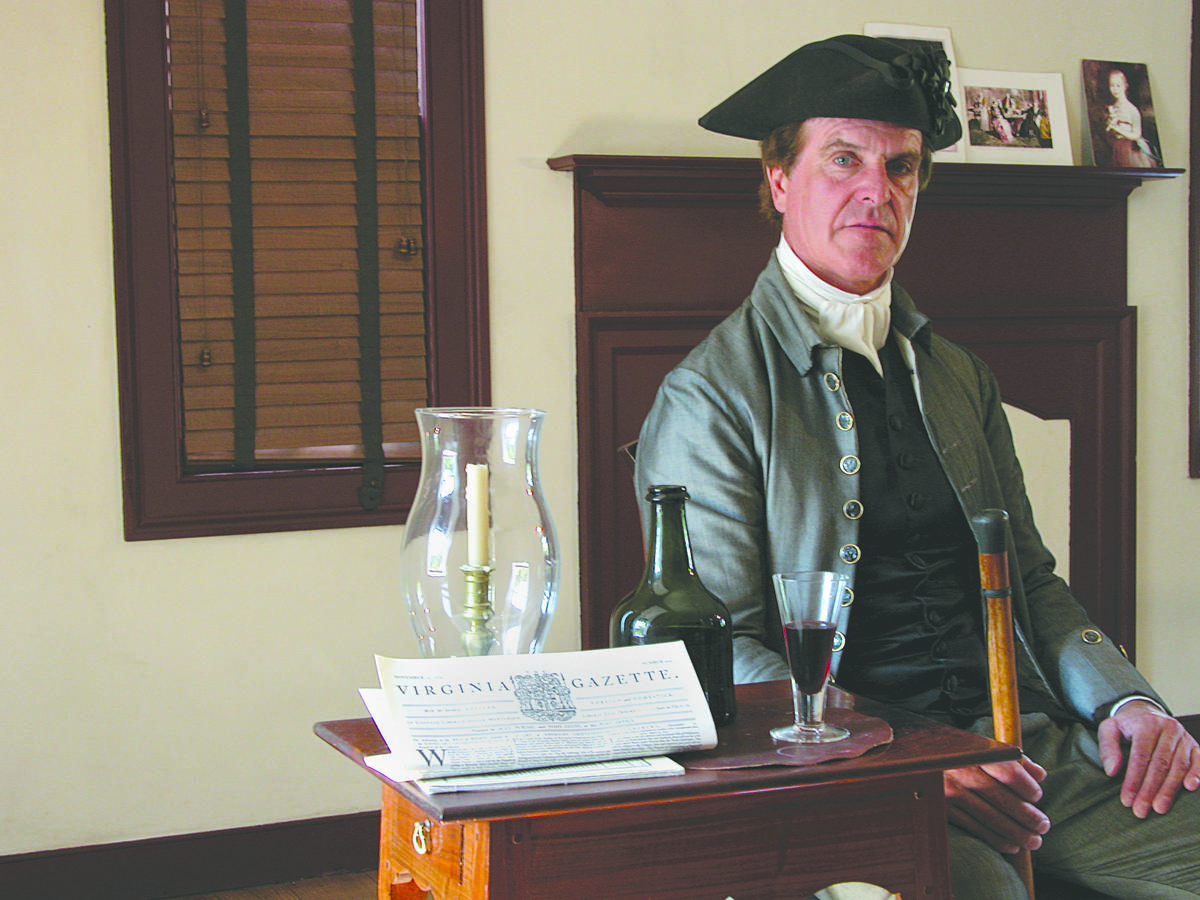
London
Omer Fast: Godville
INIVA
September 7-October 23, 2005
Omer Fast, an artist of Israeli origin who studied in the US and is now based in Berlin, has exhibited widely in the last few years and is currently considered a rising star in the contemporary art world. His video and television works, particularly Spielberg’s List (2003), are considered comments on “fast food ancestor worship” (to use the phrase the artist appropriated from one of the individuals in this film) — in simple terms defined as the spectacularization and consumable presentation of nationalistic history and social patrimony. Fast analyzes this theme and its role in cultural knowledge production, predominantly concentrating on its American incarnations. His witty approach manifests itself in sensitive works that offer apposite disclosure rather than self-righteousness.
For his first solo exhibition in the UK, held at inIVA, London (and simultaneously at Postmasters, New York), Fast presented Godville (2004), a two-channel video installation that documents colonial Williamsburg, Virginia, a town preserved as an eighteenth-century living history museum. Many of the town’s residents are employed to reenact, for the enjoyment of visitors, the daily lives of eighteenth-century townsfolk in period costume. While leaving traces of his own editing (he cuts out any of his verbal questions, for example), Fast composed a series of portraits of some of Williamsburg’s residents who discuss, at various times, the daily lives of both their real and fictional personas. Hovering constantly between the historical and the contemporary, and fact and fiction, three people talk about everything from their daily routines to the war on Iraq, clearly attempting to delineate the connections between two eras.
The exhibition’s video projections were presented relatively slickly onto both sides of a screen suspended in the center of inIVA’s gallery space. One side showed three actors inhabiting their Williamsburg roles, and the other featured a montage of views of the town, including its public facade, behind the scenes of what is on public view, and also its construction areas. Just under an hour in length, the work offers a engrossing insight into the complexities of forming socio-historical landscapes. One of the individuals we hear is an African-American man who muses about the contemporary definition of God: “God is electricity… God is occupation… God is good… God is everywhere… God is destruction… God is amazing… God is…” This section lasts several minutes, yet based on the obvious nature of its editing it seems that his monologue has been looped and played with. This was perhaps the most significant part of the video; it represented colonial justification for existence and world events, whether problematic or peaceful, as all “in the name of…”
Putting aside for a moment the utilization of documentary form in contemporary art, Godville’s strength lies in its capacity to investigate systems of belief in a way that is original, humorous, and insightful. It critiques sociologically-framed documentary practices through modest and subtle parody, yet more importantly it challenges us to avoid the consideration of artistic practice as a final word on understanding. inIVA is currently in a difficult transition, between directors and developing a major new building project. It’s been clear from their recent muted programming (and shortage) of exhibitions and other projects that their concentration is elsewhere, and it’s a shame that Fast’s Godville, a compelling project, had its debut in London in a location that’s below the critical radar. Nevertheless Fast clearly has the skills to make a mark.